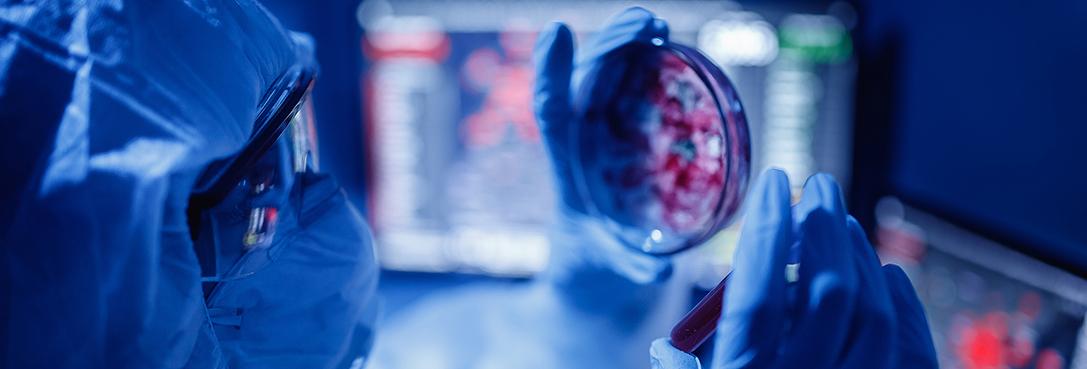The FDA drug approval process is a critical pathway that ensures the safety and efficacy of new medications before they reach the market. This rigorous process is designed to protect public health by thoroughly evaluating the potential risks and benefits of new drugs. Let's dive into the detailed journey of how a drug gets approved by the FDA.

Understanding the FDA
What is the FDA?
The Food and Drug Administration (FDA) is a federal agency under the U.S. Department of Health and Human Services. It is responsible for protecting public health by regulating food safety, medications, medical devices, and other products.
Role of the FDA in Public Health
The FDA's primary role in public health involves ensuring that drugs are safe and effective for their intended use. This includes rigorous testing and evaluation processes to prevent harmful products from reaching consumers.
Preclinical Research
Purpose of Preclinical Research
Before human testing begins, preclinical research is conducted to assess the safety and biological activity of a drug. This stage involves laboratory and animal studies.
Types of Preclinical Studies
Preclinical studies typically include pharmacodynamics (how the drug affects the body), pharmacokinetics (how the body processes the drug), and toxicity testing.
Preclinical Research Outcomes
Successful preclinical research provides the necessary data to support an Investigational New Drug (IND) application, which is the next step towards human clinical trials.
Investigational New Drug (IND) Application
What is an IND?
An IND application is a request for authorization from the FDA to administer an investigational drug to humans. This application must be submitted before clinical trials can begin.
Contents of an IND Application
An IND application includes preclinical data, manufacturing information, clinical protocols, and investigator information. This comprehensive package allows the FDA to assess whether the drug is safe for initial human testing.
Review Process for IND
The FDA reviews the IND application to ensure that clinical trials are designed to minimize risks to participants. If the application is approved, the sponsor can begin clinical trials.
Clinical Trials Overview
Phases of clinical trials
Clinical trials are conducted in phases:
- Phase 1: Tests safety and dosage
- Phase 2: Evaluates efficacy and side effects
- Phase 3: Confirms efficacy, monitors side effects, and compares to commonly used treatments
Importance of Each Phase
Each phase of clinical trials is crucial for gathering data on the drug's safety and effectiveness, leading to a well-rounded understanding of its potential benefits and risks.
New Drug Application (NDA)
What is an NDA?
An NDA is a formal proposal for the FDA to approve a new pharmaceutical for sale and marketing in the U.S.
Components of an NDA
An NDA includes all data from preclinical and clinical trials, proposed labeling, safety updates, and details about the drug's manufacturing process.
NDA Submission Process
The submission process involves a thorough review by the FDA to ensure the drug is safe and effective for its intended use. If approved, the drug can be marketed.
FDA Review Process
Steps in the Review Process
The review process involves several steps:
- Filing Review
- Primary and Secondary Review
- Advisory Committee Evaluation
- Final Decision
Evaluation Criteria
The FDA evaluates the drug's safety, efficacy, labeling, and manufacturing process.
Decision-Making
The final decision can result in approval, a request for additional information, or denial based on the review findings.
Post-Market Surveillance
Purpose of Post-Market Surveillance
Post-market surveillance monitors the drug's performance in the general population to identify any long-term or rare side effects.
Methods of Monitoring
This involves adverse event reporting, periodic safety updates, and additional post-marketing studies.
Impact on Public Health
Ongoing surveillance helps ensure that the benefits of the drug continue to outweigh the risks.
Common Challenges in Drug Approval
Regulatory Hurdles
Navigating the complex regulatory requirements can be challenging and time-consuming.
Scientific and clinical challenges
Unexpected scientific issues or clinical trial results can delay or halt the approval process.
Financial Considerations
The high costs associated with drug development and testing can be a significant barrier.
Success Stories
Examples of Successful Drug Approvals
Notable examples include the approval of life-saving drugs like insulin and innovative treatments for diseases like cancer and HIV.
Impact on Patient Health
Successful drug approvals have led to significant improvements in patient health and quality of life.
Future Trends in FDA Drug Approval
Innovations in Drug Development
Advances in biotechnology and personalized medicine are shaping the future of drug development.
Changes in Regulatory Policies
The FDA continues to evolve its policies to keep pace with scientific advancements and public health needs.
The role of technology
Technological innovations, such as artificial intelligence and big data, are streamlining the drug approval process.